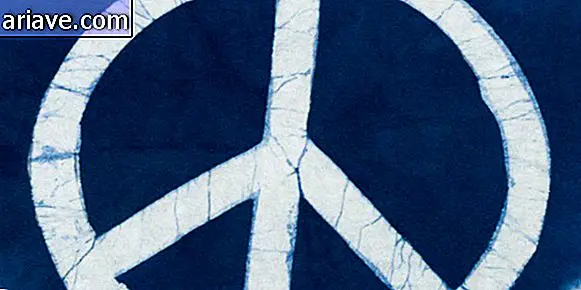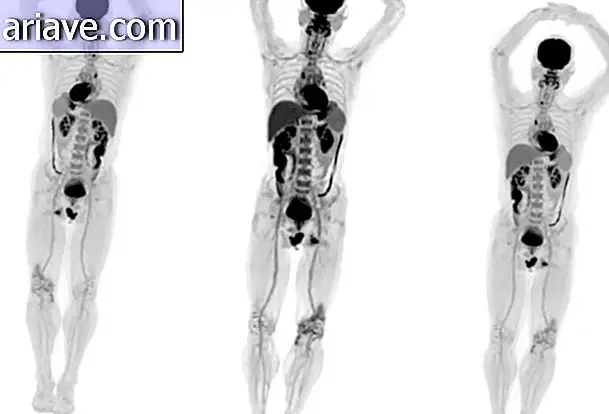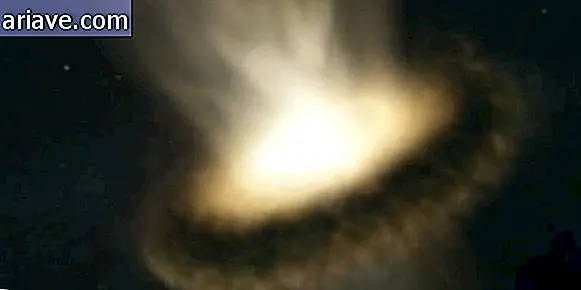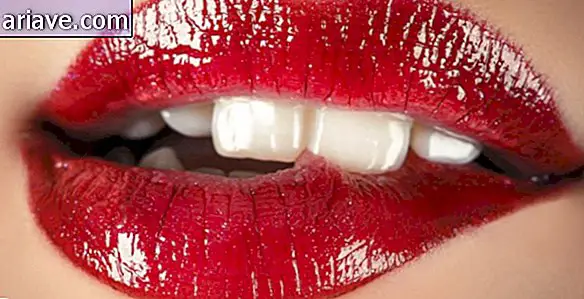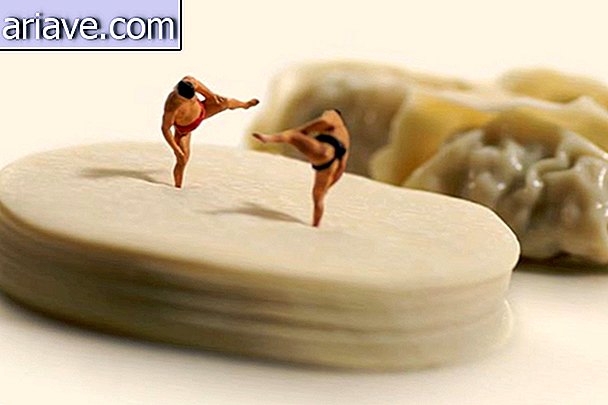Zoologist dedicates the last hours of his life to describe his own death

Karl Schmidt Patterson was an American zoologist and herpetologist who devoted himself until the end of his life to the study of reptiles and amphibians.
On September 26, 1957, Karl was in his laboratory at the Field Museum in Chicago (Illinois, USA) when a snake of the species Dispholidus typus was brought from the Lincoln Zoo.

The reason is unclear, but the zoologist took the snake in a different way than usual, causing the animal to bite his hand. Believing that the poison would not be enough to cause his death, since the reptile was young and struck him with only one prey, Karl refused treatment and began to document his feelings from that moment in his "death journal."

In the first hours after the incident, he described some symptoms as nausea and blood loss. This was because the poison caused the blood to clot to cease, causing bleeding.

The next morning, in one of his latest updates, he reported that the bleeding was happening in his gut without even stopping in his mouth and nose. Even so, he believed he would be all right and even warned in his work that he would return the next day. Soon his condition and health worsened and a doctor was called in the hope of reviving him, but it was no use.

Karl took about a day to die. His autopsy revealed extensive internal bleeding and minor bleeding throughout the body.
The herpetologist made a huge contribution to the study of snakes, and after his death a huge range of these animals bore his name in honor.
On YouTube you can watch a video that tells the scientific report in the "diary of death" about the effect of the poison of a snake bite on the human body.
The snake
The species Dispholidus typus, also known as Boomslang, is a venomous snake in the Colubridae family. Typical of Africa, its name means "tree snake." The average size of an adult snake of this species is 100 to 160 cm. Males are light green in color and females brown.

These snakes can open their jaws up to 170 ° when biting and their venom is highly potent and haemotoxic, meaning it disables the blood's clotting process, causing bleeding. However, the action is usually slow and therefore symptoms may not be apparent until a few hours after the bite. This effect can give false assurance that the snake took a "dry bite" without injecting venom.
Other symptoms include headaches, nausea, drowsiness and mental disorders.


